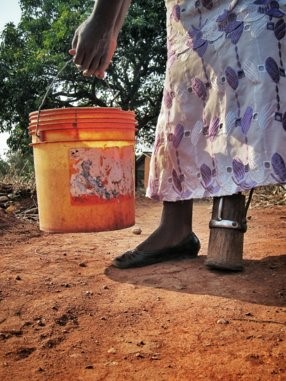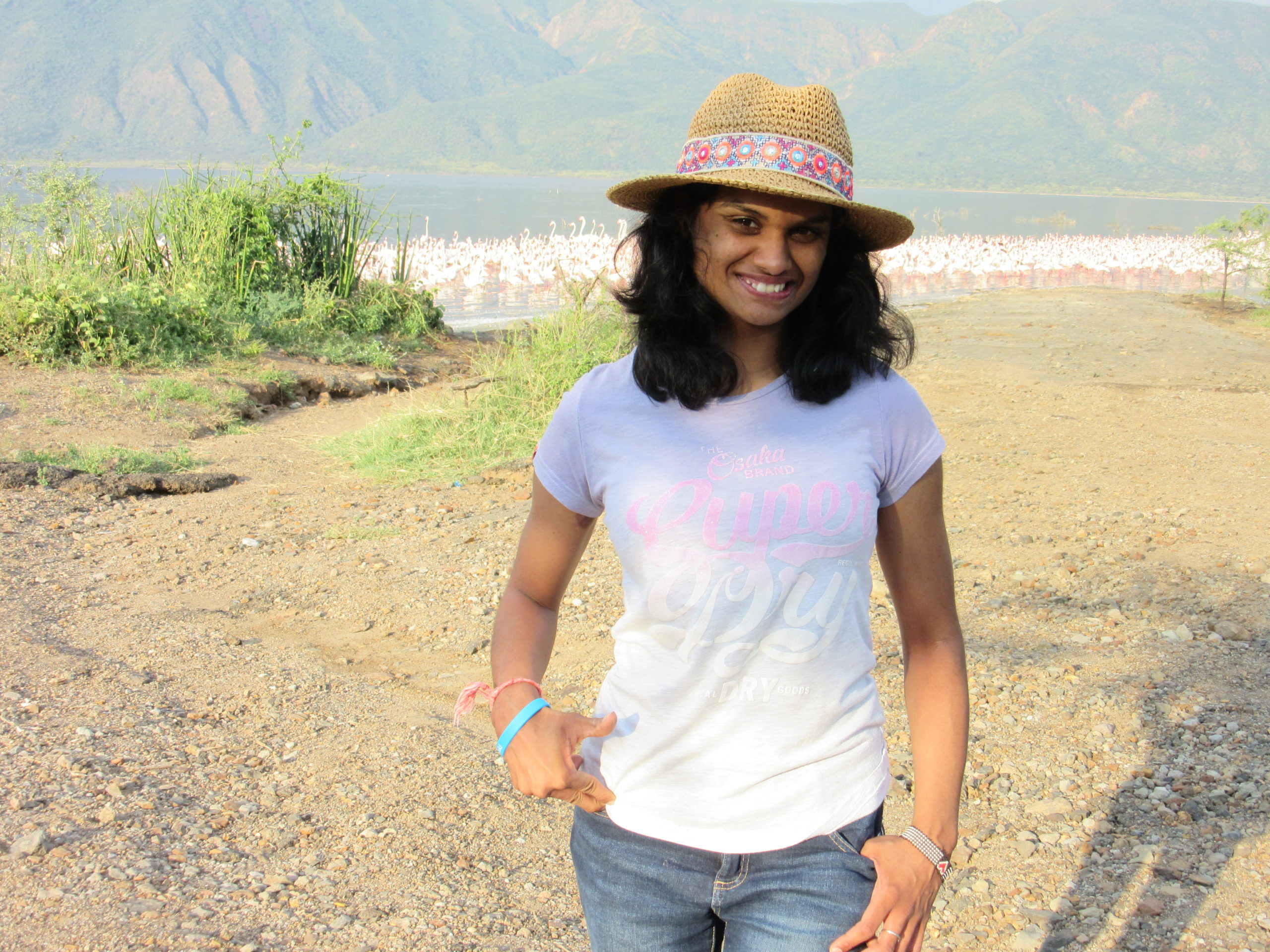In this blog, I provide some lessons learned from using a method known as photovoice to explore different topics in the water, sanitation and hygiene (WASH) sector. Learning featured in this blog is drawn from my recently published SLH Learning Paper: Uncovering WASH Realities through photovoice. This paper covers all the issues outlined in the blog in greater detail.
The WASH sector is committed to ‘leaving no one behind’ as it strives towards meeting the Sustainable Development Goal to achieve WASH for all by 2030. To do so, researchers and practitioners are increasingly adopting a method known as photovoice, and we can learn from their experiences to see how effective it is to look through a camera lens to explore topics which are often difficult to discuss. So far, photovoice has been used to examine issues such as disability, women’s transitions to menopause when their periods permanently stop (the perimenopause), and incontinence. These projects provide us with lessons for using photovoice to explore new frontiers in WASH.
What is photovoice and why is it useful?
Photovoice is a participatory method. People are given cameras to take photographs to illustrate their lives and share their knowledge and expertise on particular issues. It aims to enable people who cannot influence decisions to have their voices heard through drawing attention to their issues through photographs, and to empower and ensure that marginalised people are involved in making decisions which affect them. In fact, anyone including women, children, those who cannot read or write or are stigmatised but are able to hold a camera can take part. Photos ‘give voice’ to those who are often left behind. Photovoice is useful to encourage participants to reflect on their life experiences and to trigger discussion on their issues. Exhibitions are a useful way to present photographs to the wider community, and key decision-makers. Photos, displayed along with quotes to describe them at exhibitions, can help people to actively record and catalyse change in their communities and engage with the wider community and decision-makers.

How has photovoice supported learning in the WASH sector?
Researchers and practitioners in the WASH sector have strived to learn through photovoice in recent times. I witnessed the power of photovoice in my PhD research (2019) to reveal how WASH infrastructure is not well designed for activities such as bathing and laundry. This is paramount for women going through the menopause in Ghana who are dealing with heavy menstruation, sweating and incontinence, and whose voices are seldom heard. In Malawi, White et al (2016) identified how WASH fits in the broader contexts of issues faced by people with disabilities. Photographs of water pipes and rocks in the street illustrated the physical barriers to access to water for wheelchair users and the visually impaired, informing an inclusive CLTS process and starting a conversation on WASH and disability at a time when it was not a priority in the sector after being displayed at an exhibition. Meanwhile, Wilbur et al (2017) maximised the potential of PhotoVoice in Nepal to identify how slippery floors and inaccessible toilet door locks pose barriers to the menstrual hygiene needs of adolescent girls with disabilities. The impact of incontinence on people with disabilities was powerfully illustrated through images of ants attracted to sit on participants’ feet due to the smell of urine in Ansari’s (2017) research in Pakistan.
These examples show us how looking through the camera lens at different personal issues from participants’ perspectives makes photovoice a method worthy of greater merit as a useful tool going forward for the WASH sector to leave no one behind.
Exploring new frontiers through photovoice: next steps for the WASH sector
Photovoice can support learning in the WASH sector, but the practicalities of using good quality cameras, allowing sufficient time with participants for effective training on using cameras and to later discuss and understand the stories behind the photos, and an awareness of our own biases in gathering and analysing data, must be acknowledged and accounted for. Despite these challenges, photovoice is a powerful method which we can use to triangulate data, explore the most taboo topics, identify the complex factors affecting access to WASH and empower those who are marginalised.
Moving forward, we need to create space for greater uptake of the use of this participative method. We need to be asking ourselves some questions:
- Who is using photovoice?
- Which topics do the camera lenses focus on, and what have been the outcomes?
- How can we expand the use of photovoice into new frontier such as advocacy?
- How can we use photovoice to involve participants in the key decisions we make for their WASH service provision?
Let’s start the conversation to share and learn from each other’s experiences to build capacity and confidence in using photovoice, to ensure that WASH does indeed, leave no one behind.
References
ANSARI, Z., (2017) Understanding the coping mechanisms employed by people with disabilities and their families to manage incontinence in Pakistan MSc Thesis, London School of Hygiene and Tropical Medicine
BHAKTA, A. (2019) Opening the doors to the hidden water, sanitation and hygiene needs of women from the onset of the perimenopause in urban Ghana, PhD thesis, Loughborough University
WHITE, S., KUPER, H., ITUMU-PHIRI, A., HOLM, R., and BIRAN, A., (2016) ‘A Qualitative Study of Barriers to Accessing Water, Sanitation and Hygiene for Disabled People in Malawi’ PLoS One 11 (5): e0155043. doi:10.1371/journal.pone.0155043
WILBUR, J., KAYASTHA, S., SIGDEL, A., GYAWALI, A., MAHON, T., TORONDEL, B., KUPER H. (2017) Disabling Menstrual Barriers: Identifying and addressing the barriers to menstrual hygiene that adolescents and young people with disabilities face in Nepal- Learning Note London: WaterAid/LSHTM Available online at: https://www.lshtm.ac.uk/media/23461 [accessed: 27/09/2019]






